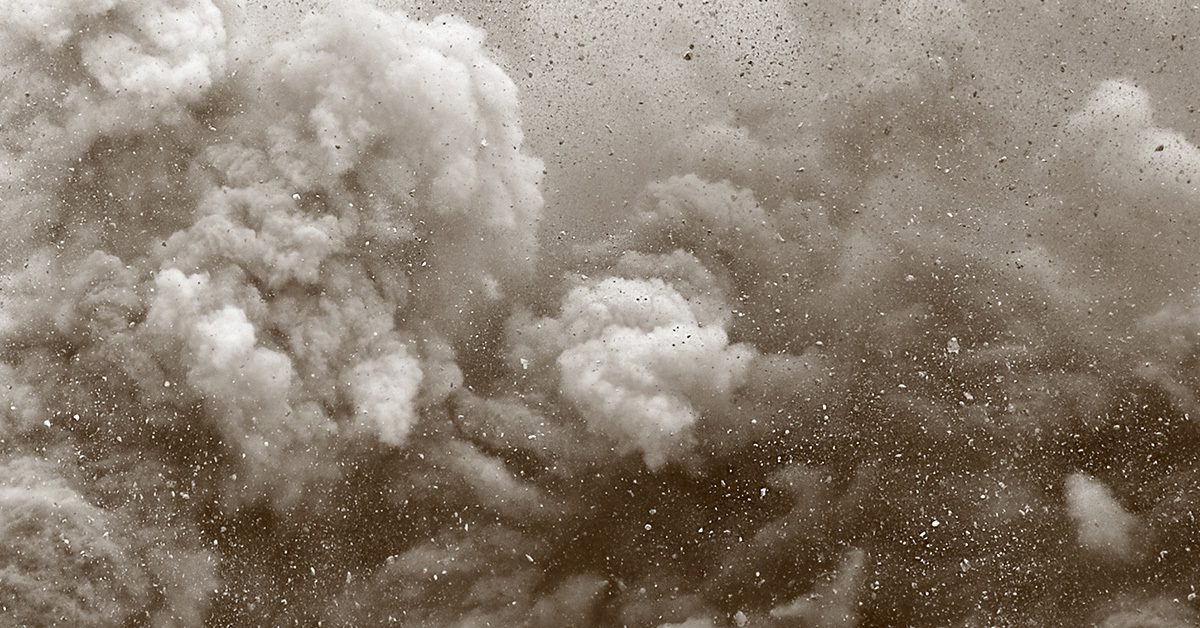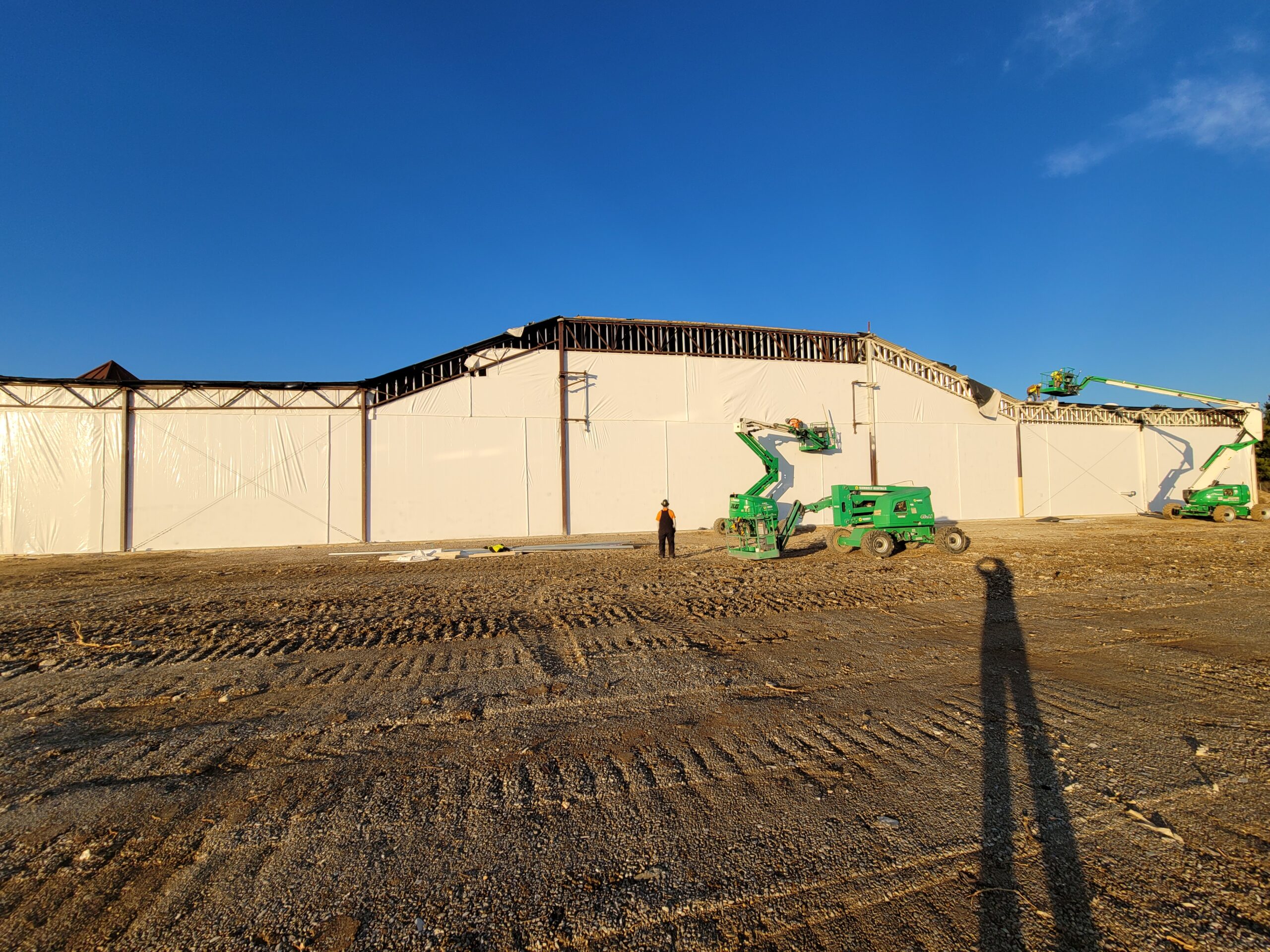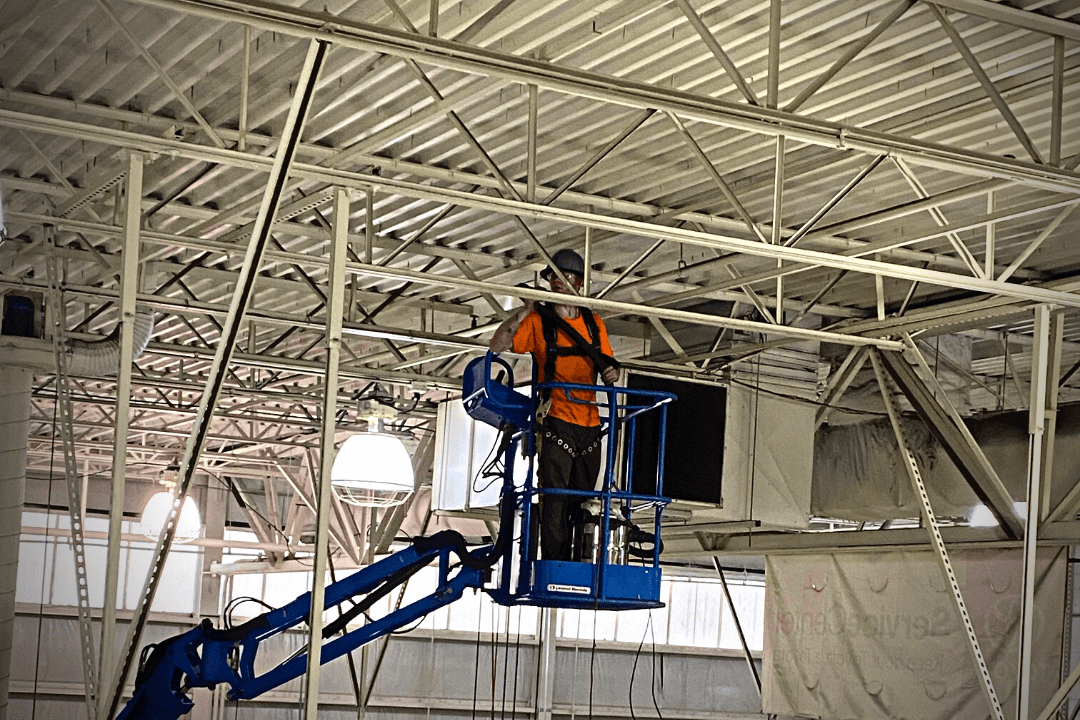There has been a recent string of videos where a former or current professional football player will go to a high school or college tryout in disguise. These are comedy videos but also serve as a fascinating look into the major difference between professional and amateur athletes. In the most recent video, former Super Bowl winner Eli Manning goes to a Penn State University tryout for walk-ons. Though he is retired and significantly older than everyone at this tryout, everyone is immediately stunned by his arm strength, confidence in play-calling, and accuracy.
Obviously, football and temporary dust containment are two different things. Still, the point is that no matter how hard you try to hide it, there are glaring differences between professionals and non. Eli Manning’s experience, talent, and trade knowledge make his quality undeniable compared to an amateur player.
At ShieldWorks, we greatly value our experience in the temporary dust containment industry. Unfortunately, some may have the false idea that anyone with a tarp and a ladder can get the job done. Let us show you why you need a professional temporary dust containment installer and why ShieldWorks should be your top choice.
You Need Temporary Dust Containment
Commercial Roofing Contractors, General Contractors, Roofing Consultants, and End Users are quickly realizing that Temporary Dust and Debris containment should always be included in the overall scope of work. Interior Protection provides its customers with peace of mind while allowing the construction process and company production to proceed without delay.
Over the past few decades, more and more businesses have become aware of the risks associated with any kind of contamination of people, products, and equipment. They soon realize that, in the long run, the cost of temporary containment is far less than the costs associated with line shutdowns, product recalls, and employee injury. Industries like Food and Beverage, Pharmaceutical, Aerospace, Automotive, Electronics, and Data Centers (to name a few) are particularly sensitive to the prospects of contamination during Re-roofing, Construction, and Renovation. ShieldWorks has spent years building experience and trust with our clients to give them peace of mind during any project.
Ignoring Interior Protection or Contractor Experience
The definition of dust & debris can vary between a customer and a contractor. By nature, a contractor might minimize the amount of dust and debris that will fall. This is rarely deliberate since their true competence is what happens on the roof. These conversations during the planning/bidding process often don’t happen. We often get calls after a project has already begun. A contractor or customer declines interior protection, the re-roofing or construction project starts, and the customer is suddenly going crazy over the amount of “stuff” falling. The project is delayed (costing the contractor serious time and money), and now, the customer has to request interior protection funding that wasn’t accounted for in the original budget. This is what happens when the need for interior protection is ignored.
An installation job can be 98 percent effective, but the 2 percent it’s not can be catastrophic to our customers!
This statement is vital for us as professionals to always keep in mind. However, if you get involved with the wrong company that lacks experience, they will fail to consider all the details that go into dust and debris barriers. Make sure you align yourself with a company that does everything possible (by way of materials, methodology, processes, safety policies, and professionalism) to minimize any risk of failure or incident. Non-professionals often can’t see the nuances and details of a space with photos. This could lead to a detrimental system that is ineffective once a project begins.
Years of experience are vital; if something happens, a reputable Interior Protection Company will take ownership and fix the problem. “It’s not what happens, it’s what you do right after it happens.” That’s the difference.
Our Expertise
Hanging and fastening a temporary barrier is not something anyone can do correctly without training. Therefore, any interior protection contractor must have an understanding of these key principles that come into play when installing a temporary dust containment barrier:
- Correctly wrapping around vents/AC units etc.
- Understanding the dynamics of negative air pressure
- Detailing connections /fastening points
- The importance of perimeter attachment
- How to carefully and effectively remove the material with the captured debris without spillage
- How to expertly navigate lifts/booms around expensive equipment
These are all skills that ShieldWorks has expertise in, giving you the peace of mind to keep your business functioning during a roofing, construction, or renovation job. However, if you don’t take our word for it, check out some of the recent projects we’ve completed!
Like Eli Manning, ShieldWorks draws from a wealth of experience to get the job done. So when your business has a project re-roofing, construction, or renovation project on the horizon, don’t fool yourself into thinking you can go without interior protection. Schedule an onsite evaluation with ShieldWorks! We do the job the right way, every time.





